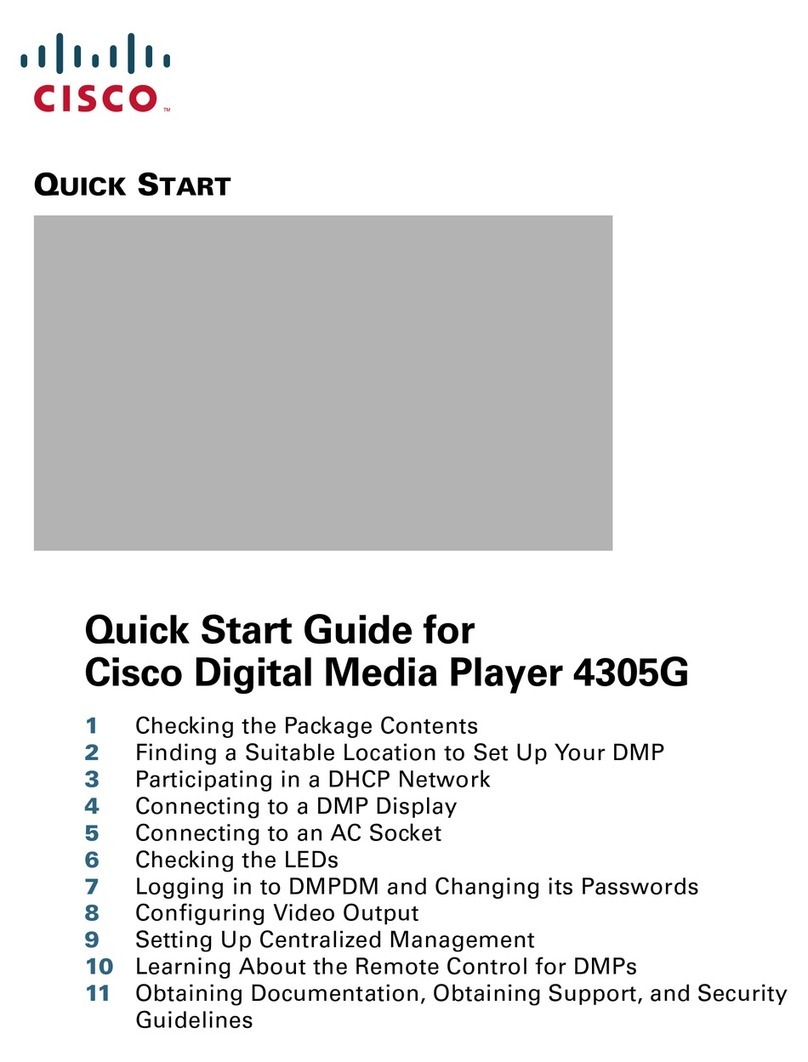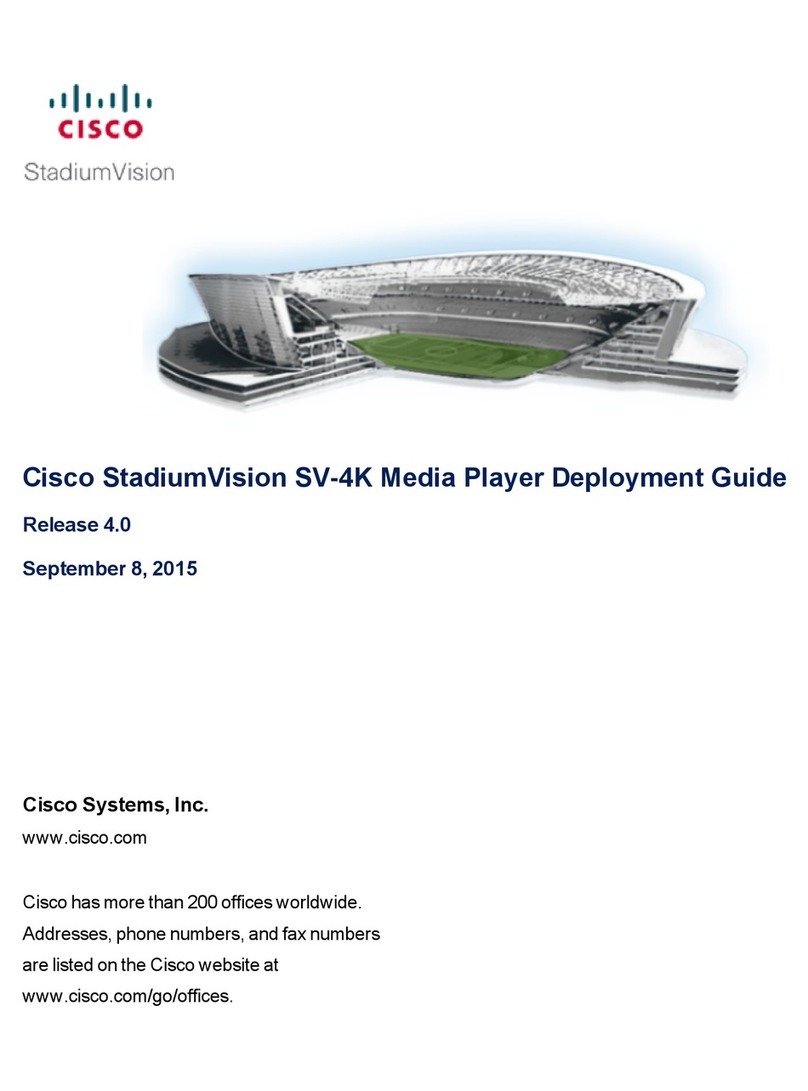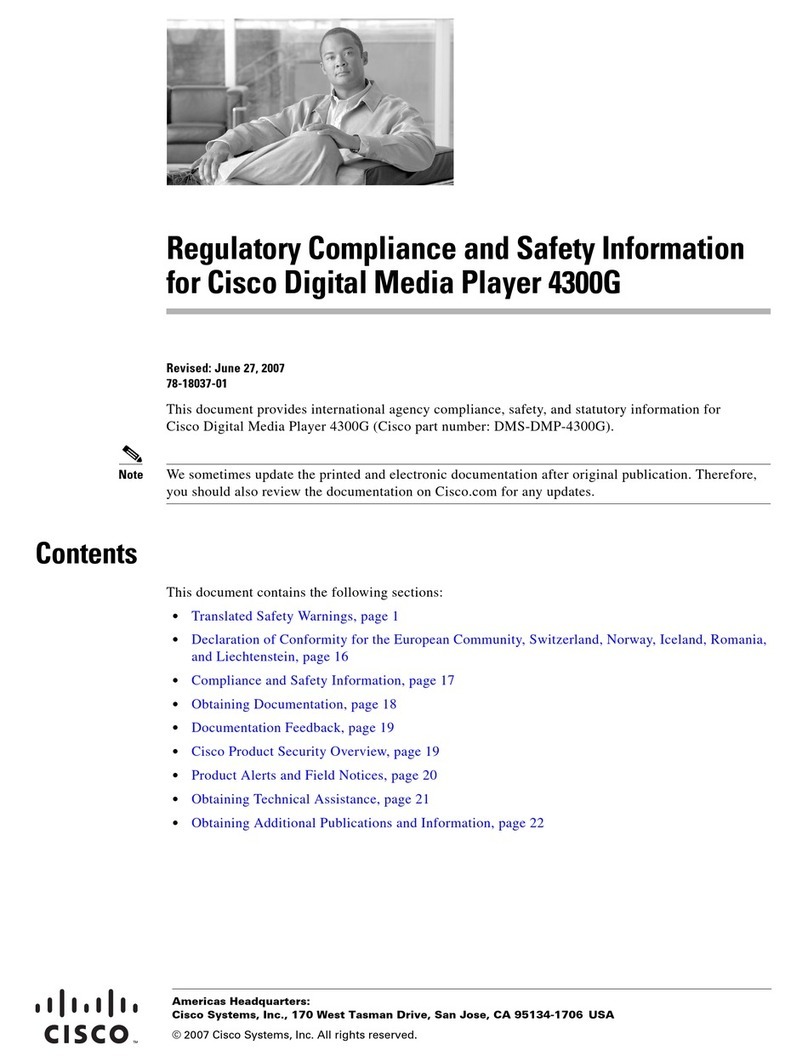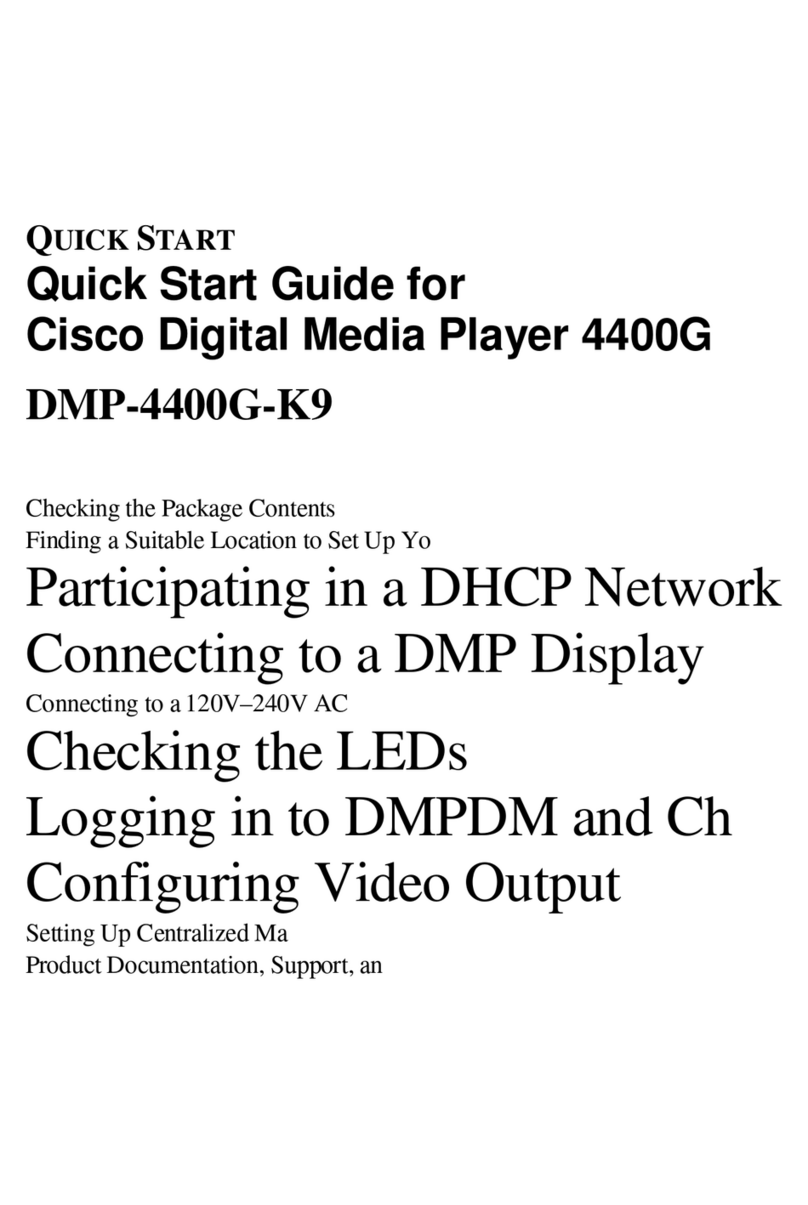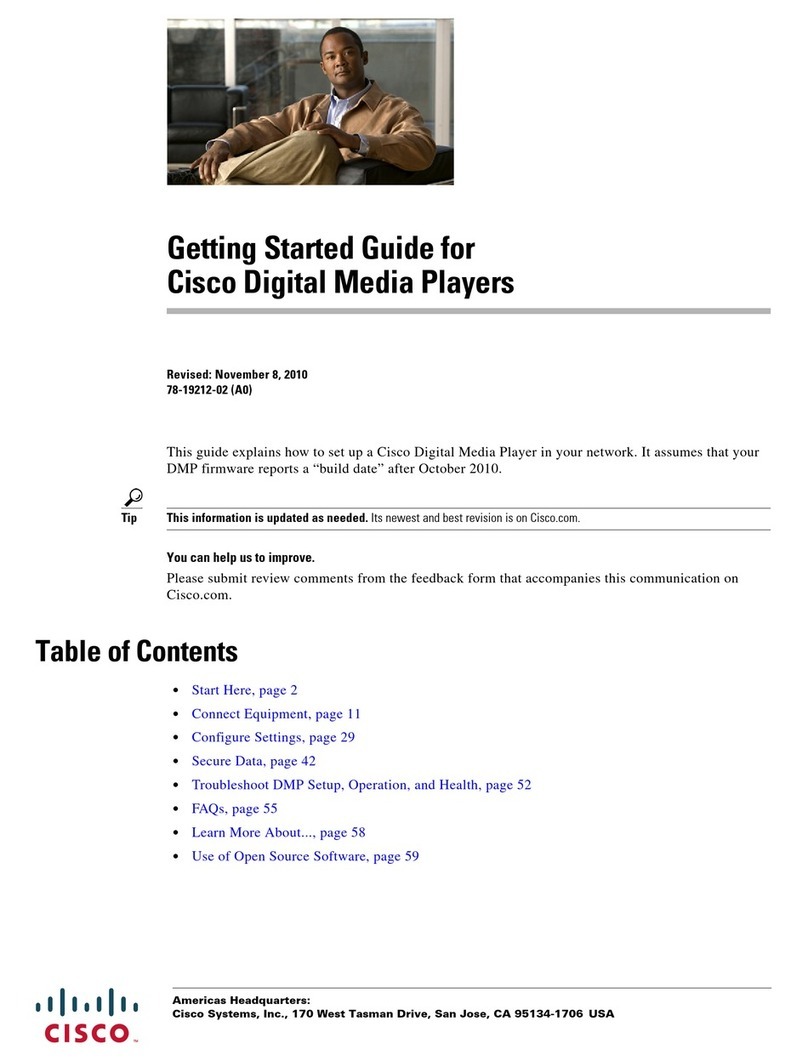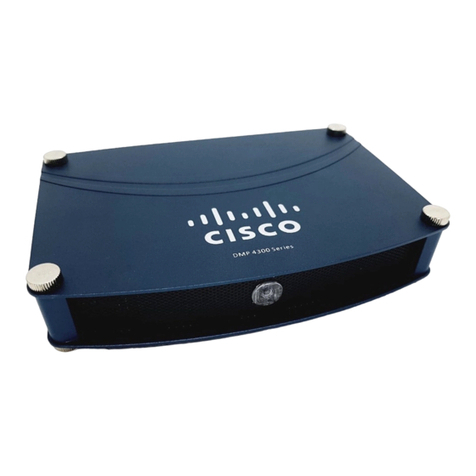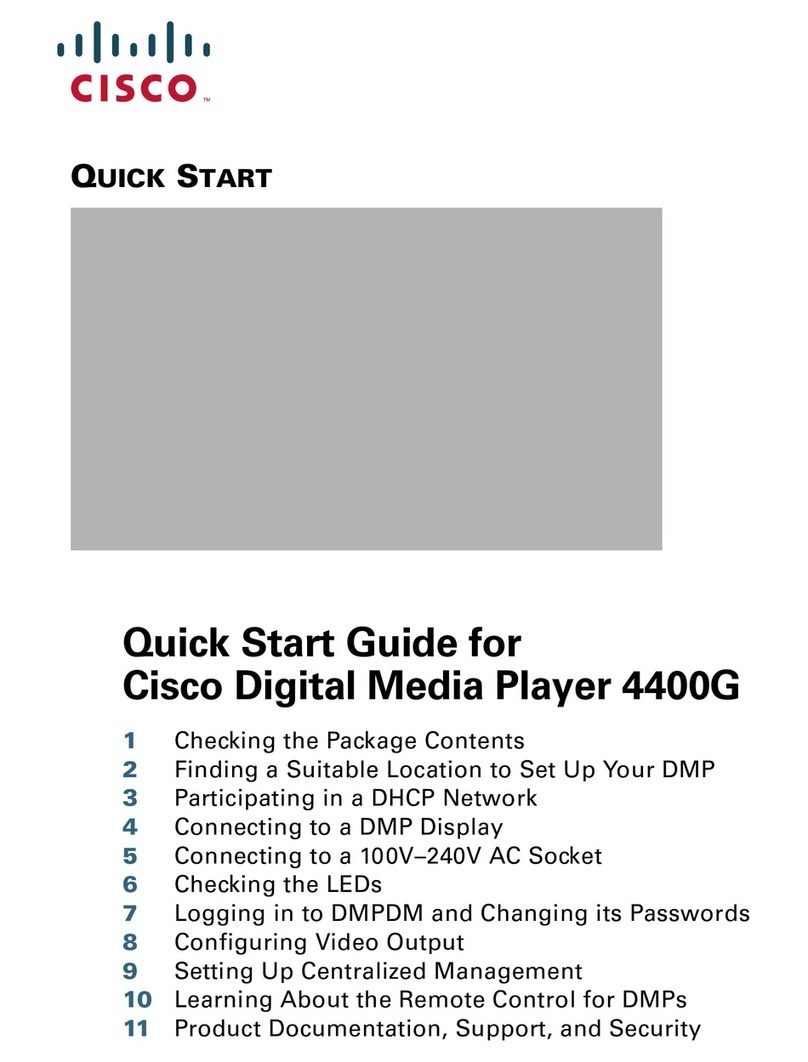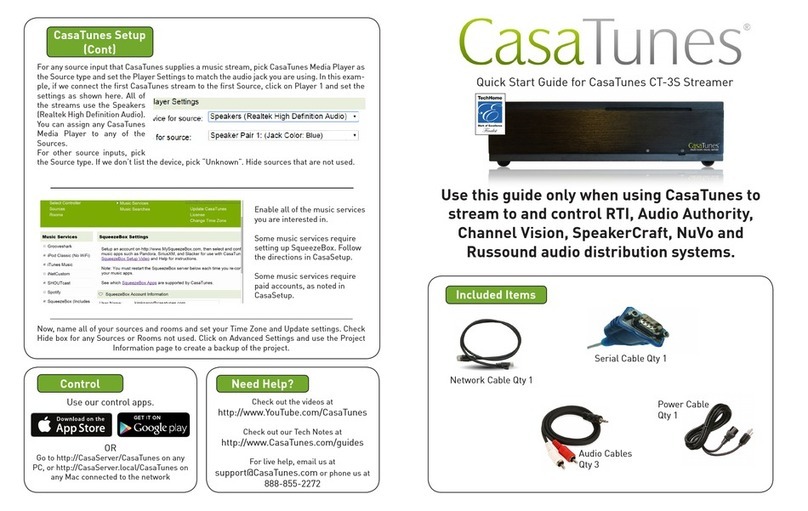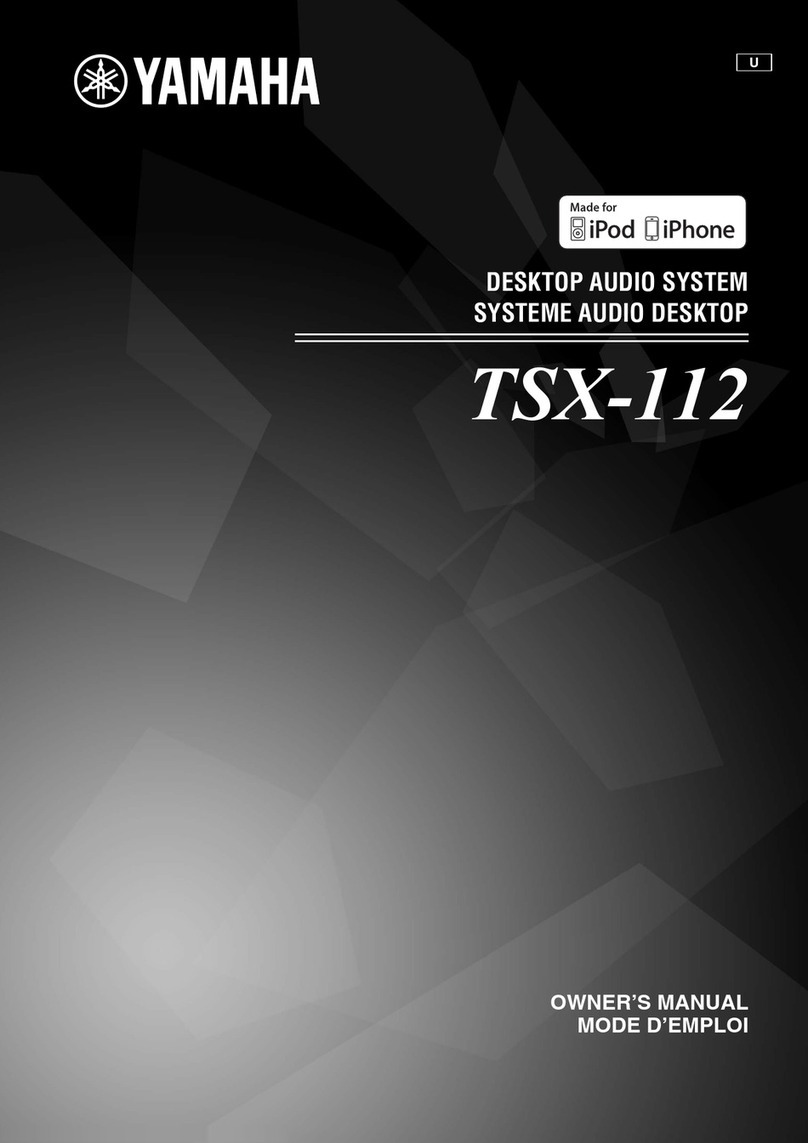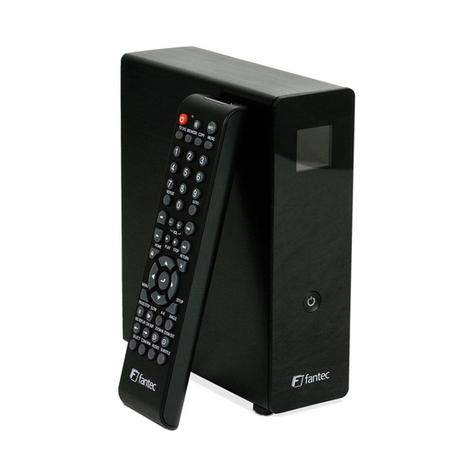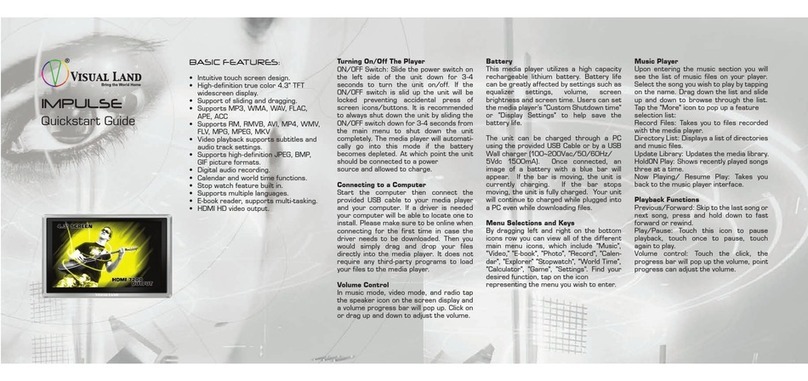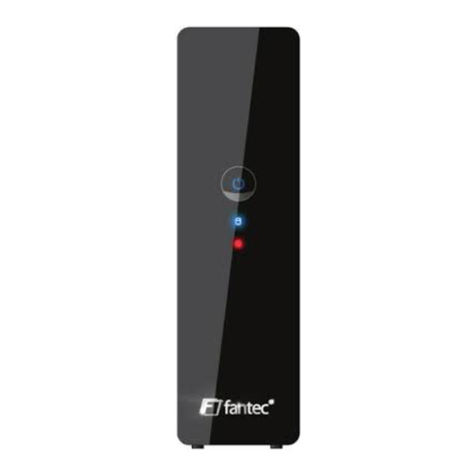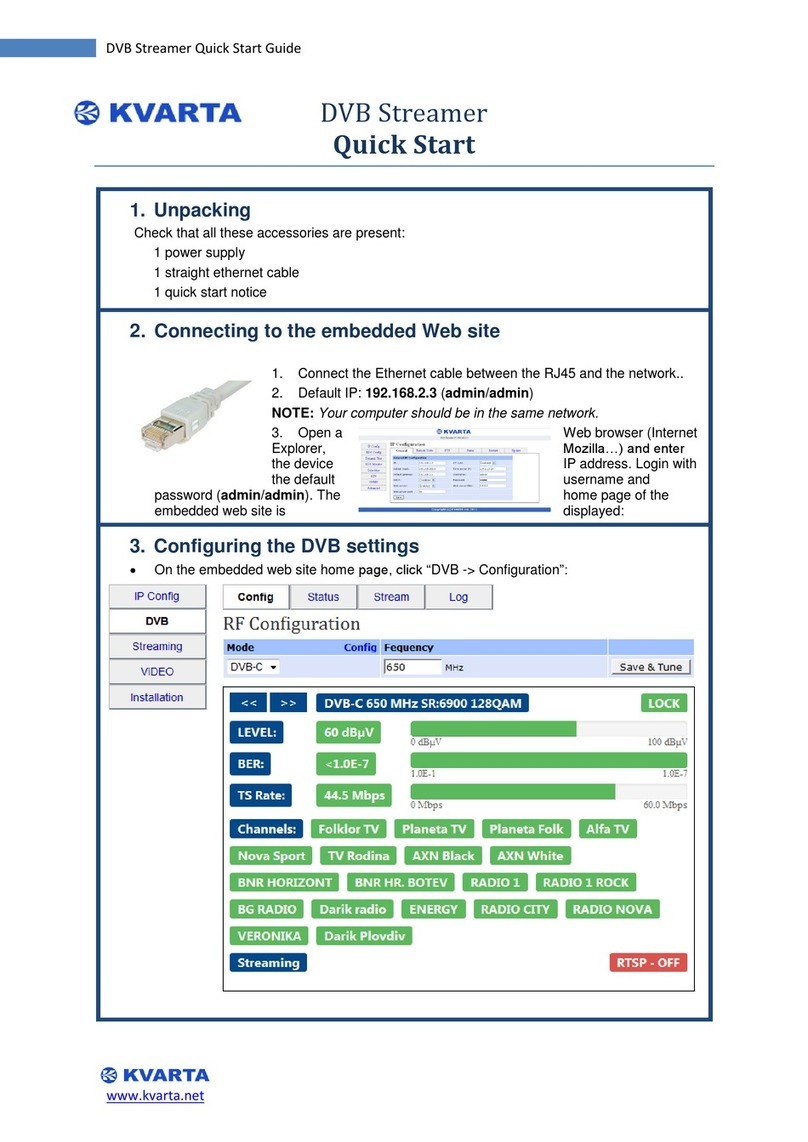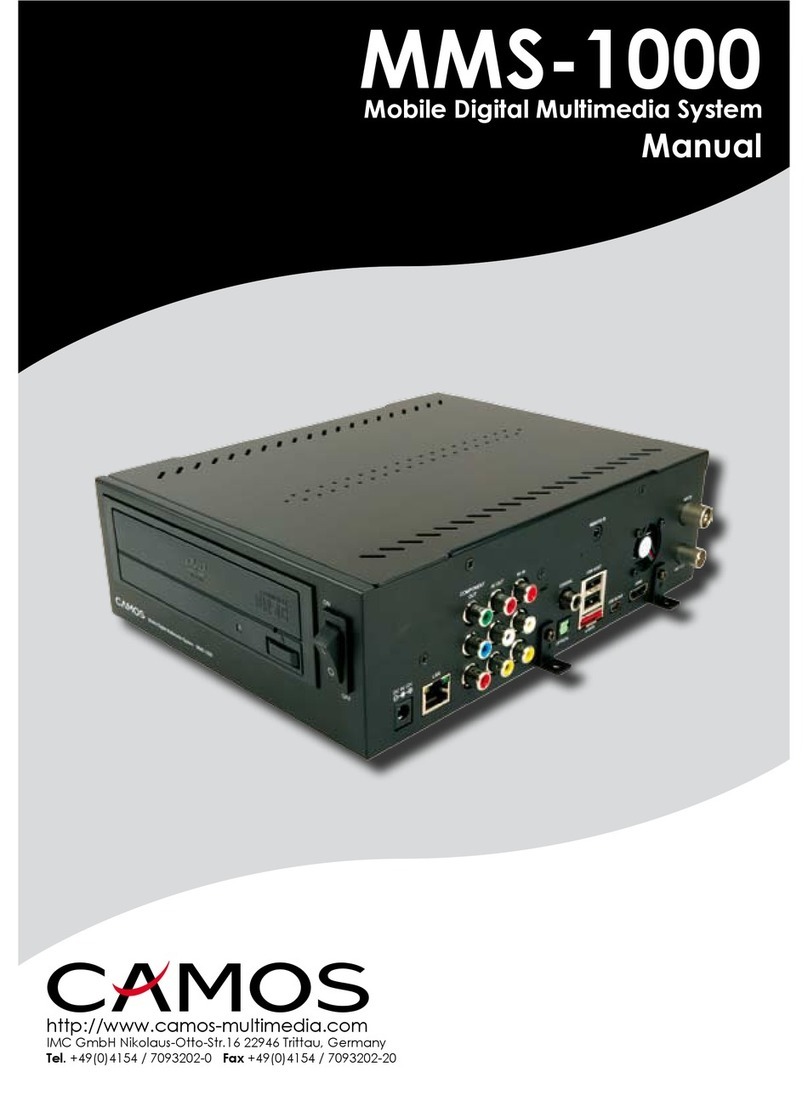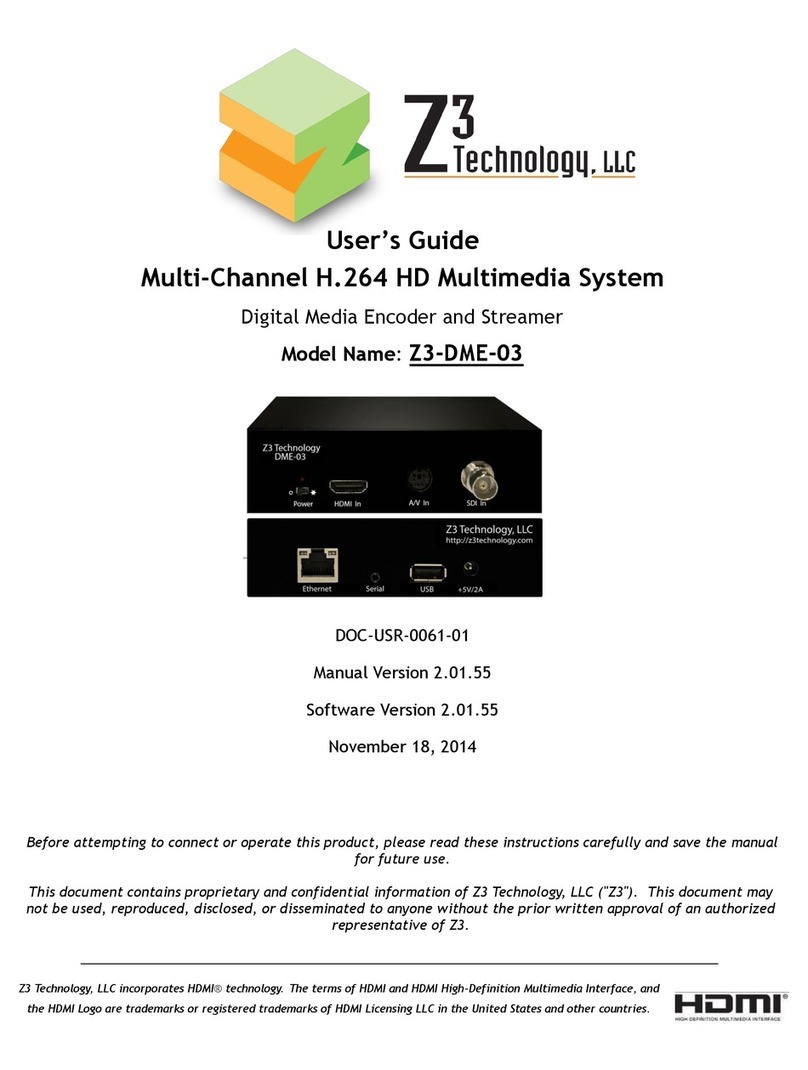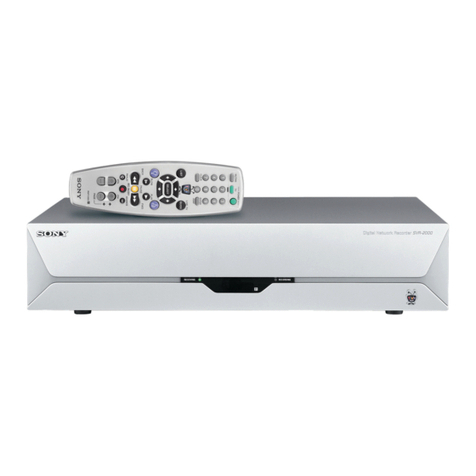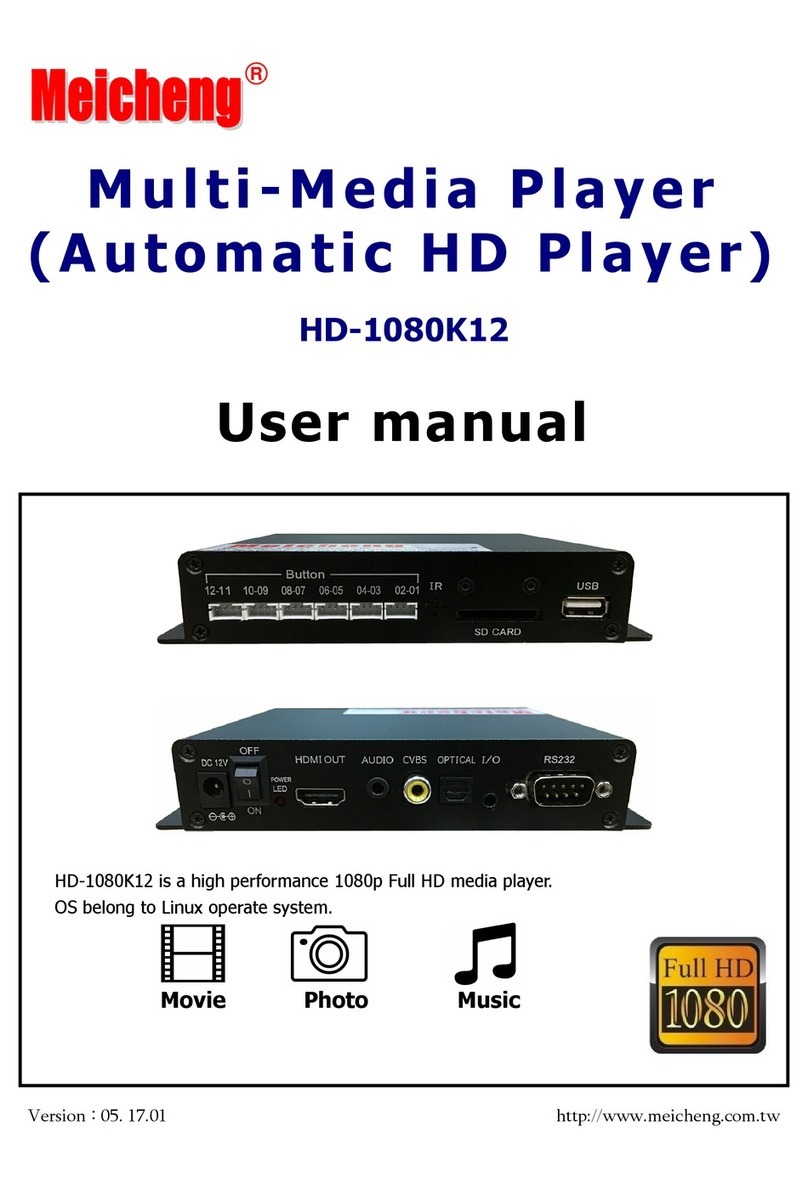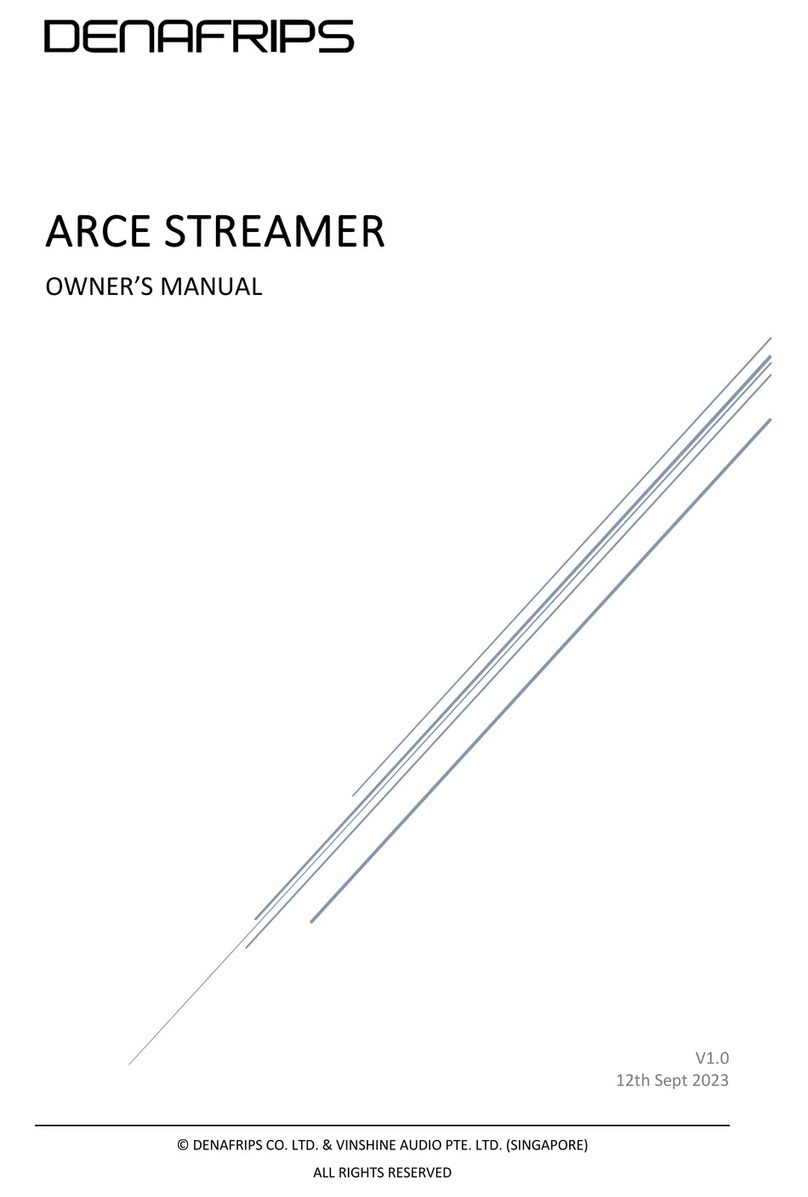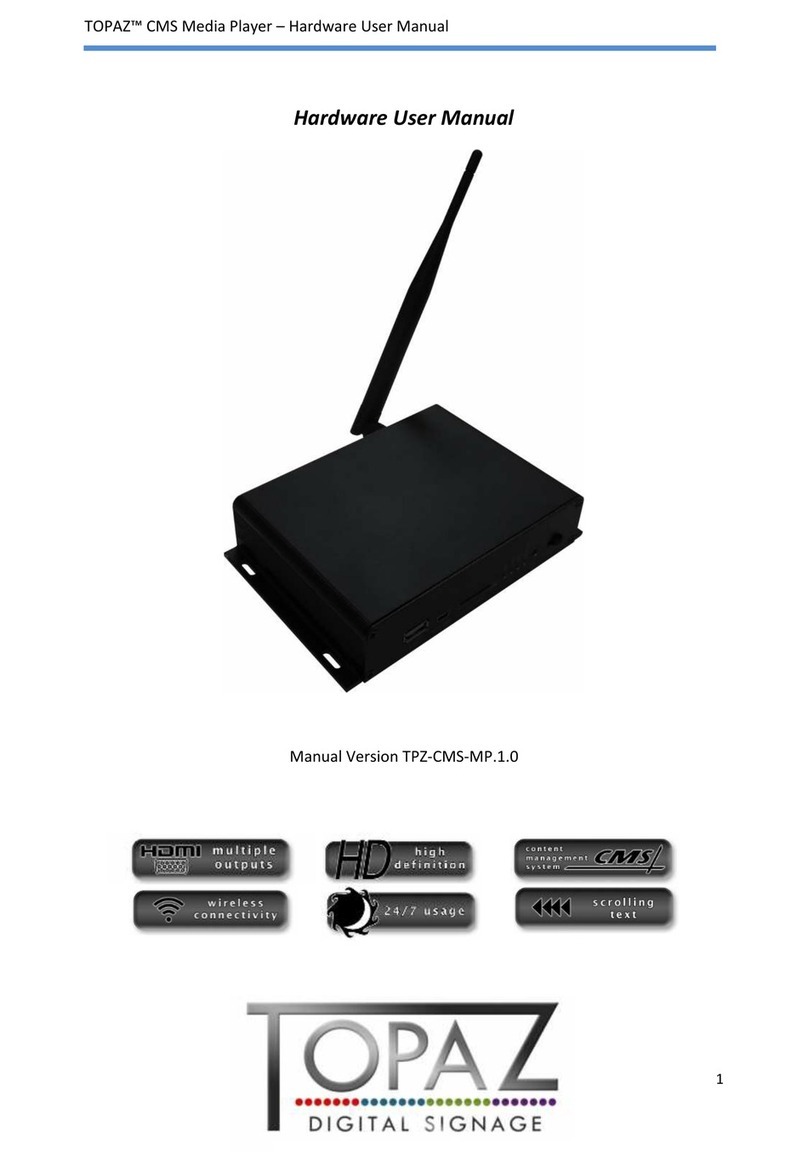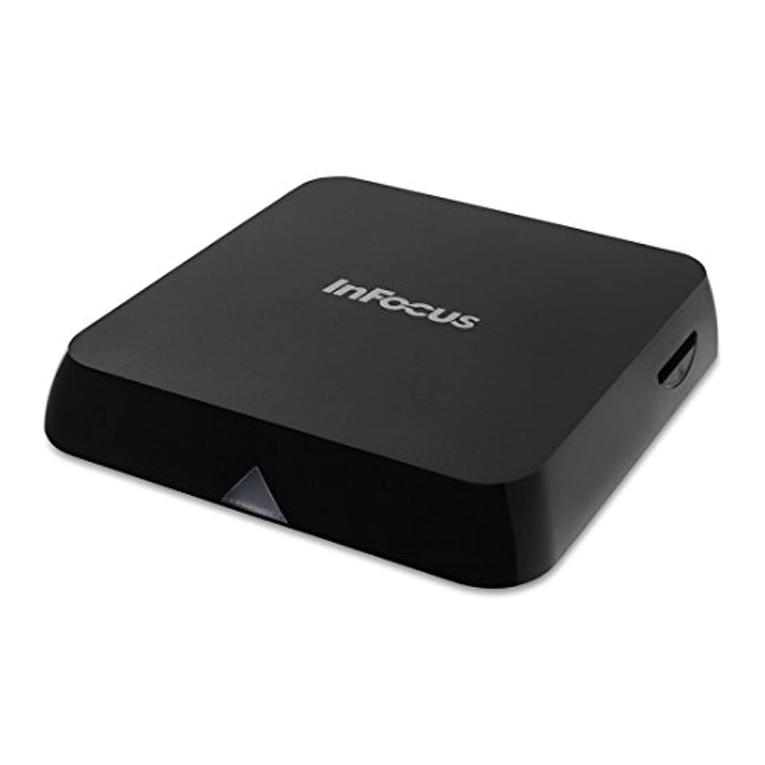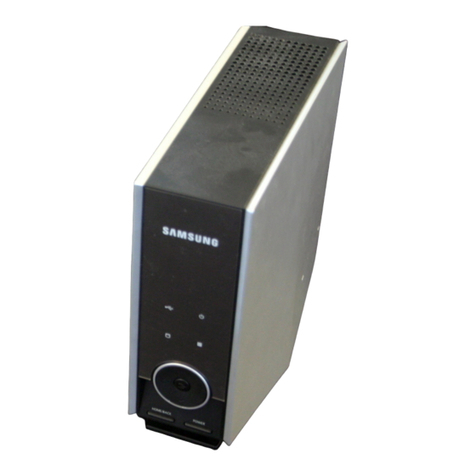3
Concepts
Cisco Digital Media System (Cisco DMS) is a family of
products and technologies, including the ones that this
guide describes. A Digital Media Player (DMP) is a
compact, solid state, addressable network device that delivers
digital signage content and enterprise TV content to a DMP
display—which is an LCD Professional Series display
or any other directly attached television screen, monitor, or
projector (analog or digital, standard-definition or
high-definition) that shows media to an audience. You can
enclose your DMP inside a protective case that discourages
tampering and prevents theft. The protective case is sold
separately. Digital Media Player Device Manager
(DMPDM) is a web-based graphical user interface to configure
one DMP during its initial setup, to manage one DMP in
isolation, and to deliver your media to one DMP display.
DMPDM is served from the DMP that it manages. System
administrators, content managers, and graphic designers use a
Digital Media Manager (DMM) software module called
DMM-DSM to centrally manage their network of DMP
devices, organize and bind assets together for signage, design
layouts, and deliver media to DMP displays. Features of the
separately licensed DMM-ETV software module help you to
deliver VoDs and live television broadcasts over IP networks,
configure an on-screen electronic program guide (EPG), manage
subscriptions to EPG data provider services, and program the
remote control for DMPs, which is sold separately.

